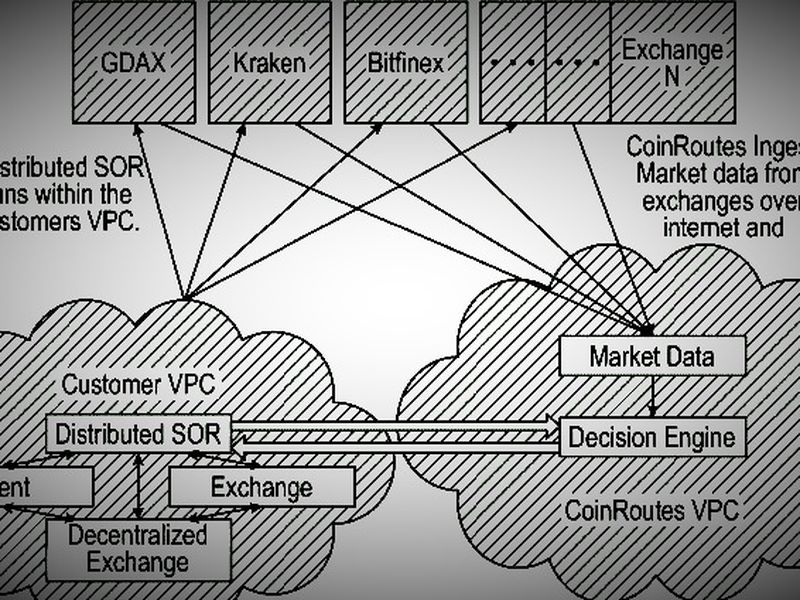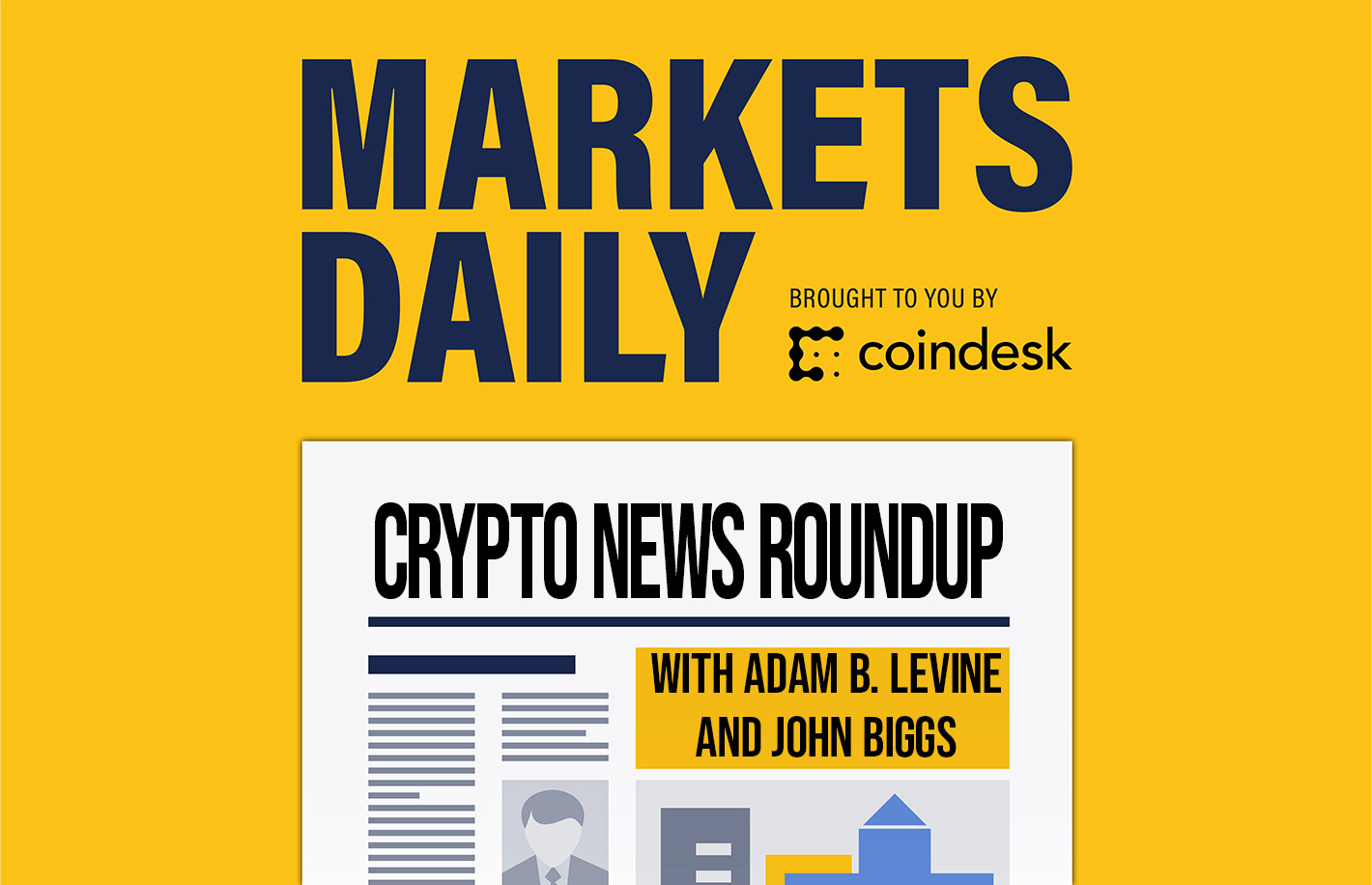DePIN Tech Shows Promise, But Implementation Faces Several Hurdles, Moody’s Says
-
DePIN (decentralized physical infrastructure) sector could help existing networks scale and innovate, Moody’s says.
-
Unclear regulations could stifle widespread adoption of the technology.
-
Moody’s noted Helium (HNT) as an example that has shown promising developments within the sector.

02:01
Trump-Endorsed Crypto Project Confirms Plan for a Token; Bhutan Holds Over $780M in Bitcoin

09:22
Macro Impact on Crypto: Fed, China and Global Liquidity

01:28
Binance Facing Heavier Scrutiny From the SEC; FTX Founder Sam Bankman-Fried Appeals Conviction

00:56
ETH/BTC Ratio Slid to Lowest Since April 2021
The DePIN sector, which stands for decentralized physical infrastructure, could help existing networks scale and innovate, but several risks including unclear regulations could stifle growth, said the Wall Street credit ratings agency Moody’s Ratings on Tuesday in its inaugural report about the sector.
“By linking together established pieces of a system’s backbone with the building blocks of distributed ledger technology (DLT), DePIN has potential to improve network reliability and efficiency while lowering operational costs and optimizing resources and industry collaboration,” the authors of the report said.
“However, there are significant obstacles to widespread adoption, including regulatory and interoperability issues, cybersecurity risks and the need for substantial investments in infrastructure and skills,” they said.
Incumbent network operators – telecommunication companies, utilities and transportation, to name a few – face ever-growing user demand that require capital-heavy infrastructure developments, the report said. Leveraging decentralized models could help them alleviate some of the pressure and stay relevant as artificial intelligence and internet-of-things (IoT) disrupt old business models, the report added.
Part of DePIN’s allure is issuing their own digital tokens, which can help projects incentivize participation and network expansion. Today’s unclear global regulatory landscape, however, makes compliance problematic and could stifle the sector’s growth. Connecting existing infrastructure with blockchain rails could also open new attack vectors, creating cybersecurity risks.
DePIN combines blockchain technology with real-world networks such as telecommunications, file storage and computing capacity. The sector has become one of the hottest corners in the digital asset space this year. The fact that a well-known Wall Street traditional finance name like Moody’s Ratings covers DePIN underscores the increased attention the sector is attracting.
“The motivation behind writing on DePIN is to bring attention to a realistic need for industries to reassess infrastructure management strategies in a world increasingly driven by digital transformation,” Rajeev Bamra, SVP and Head of Strategy of Digital Economy at Moody’s Ratings, told CoinDesk in an email.
The sector’s increasing mindshare is reflected in rising venture capital funding, with investors allocating $583 million in private investments to DePIN projects this year so far, already surpassing the previous record year of 2022, according to a report by digital asset market maker Wintermute.
The Moody’s report cited Helium (HNT), a blockchain-based decentralized wireless network that gives users token incentives to deploy and maintain wireless internet hotspots, as an example that has shown promising developments. The project has attracted more than 350,000 participants and acquired more than 100,000 subscribers, the report noted.
UPDATE (Sep. 17, 21:10 UTC): Adds comment from Rajeev Bamra, lead author of the report.
Edited by Aoyon Ashraf.
Disclosure
Please note that our
privacy policy,
terms of use,
cookies,
and
do not sell my personal information
has been updated
.
CoinDesk is an
award-winning
media outlet that covers the cryptocurrency industry. Its journalists abide by a
strict set of editorial policies.
In November 2023
, CoinDesk was acquired
by the Bullish group, owner of
Bullish,
a regulated, digital assets exchange. The Bullish group is majority-owned by
Block.one; both companies have
interests
in a variety of blockchain and digital asset businesses and significant holdings of digital assets, including bitcoin.
CoinDesk operates as an independent subsidiary with an editorial committee to protect journalistic independence. CoinDesk employees, including journalists, may receive options in the Bullish group as part of their compensation.
:format(jpg)/s3.amazonaws.com/arc-authors/coindesk/8b1395a8-12af-4705-9fe5-b862b248250d.png)









